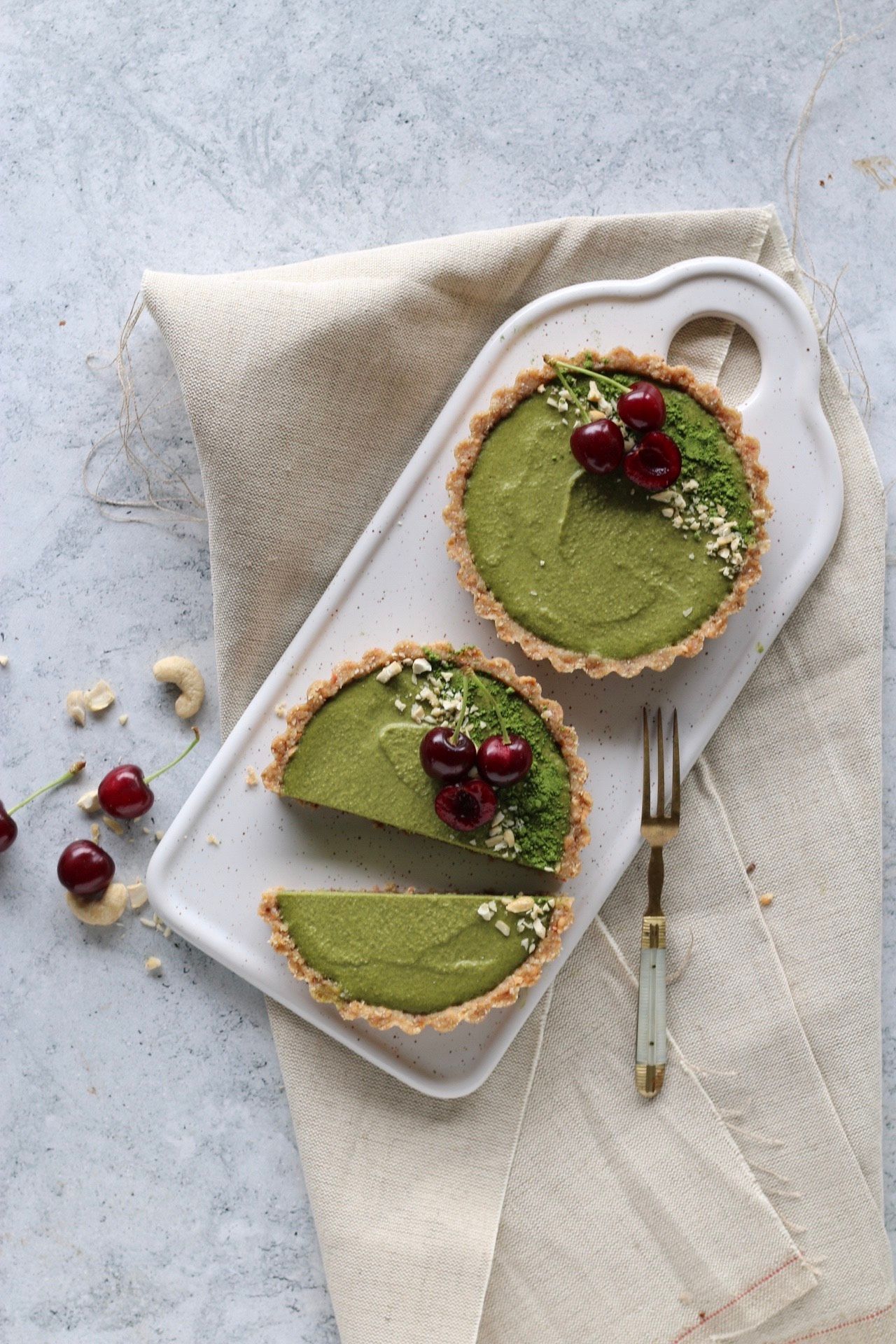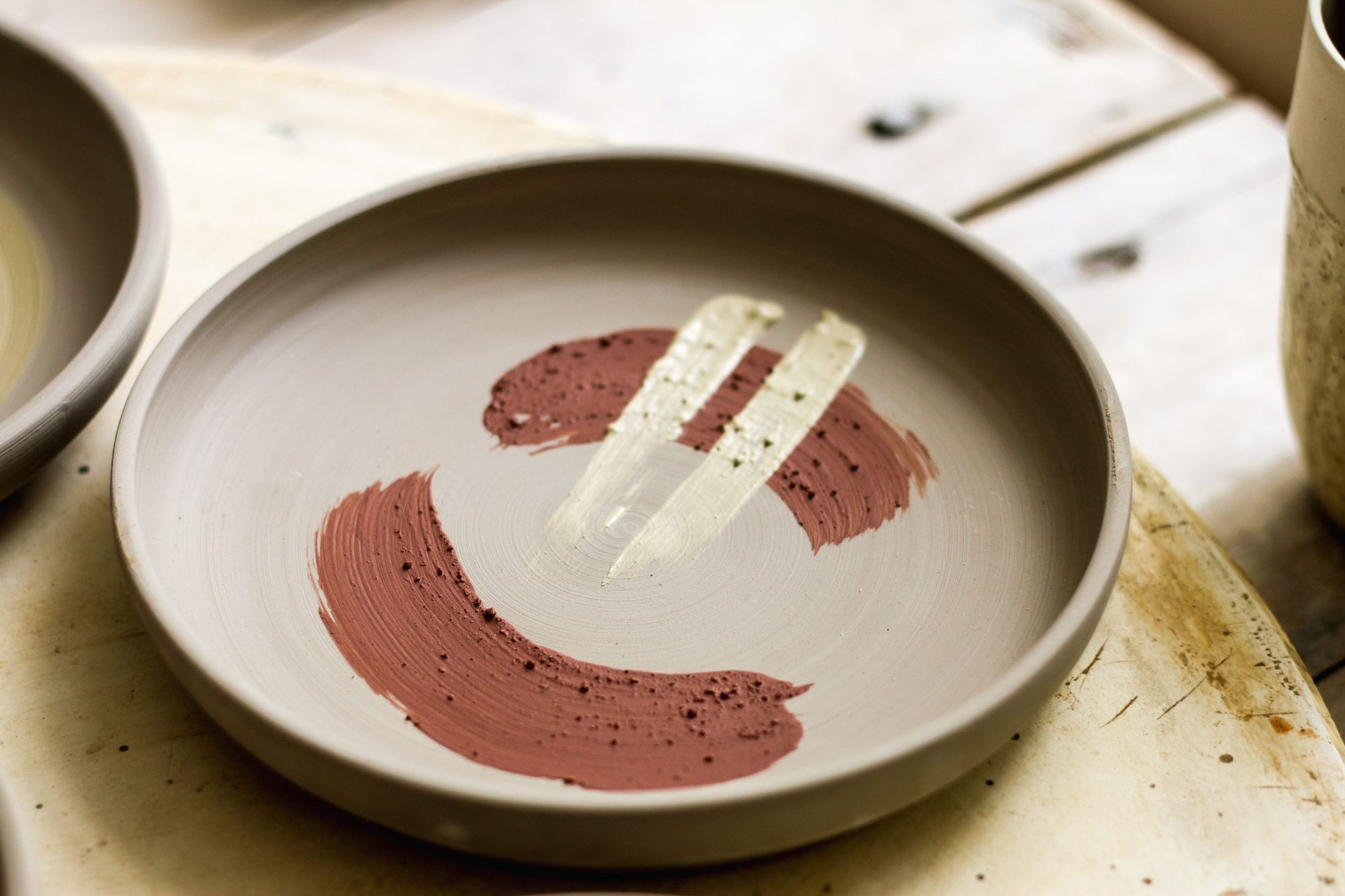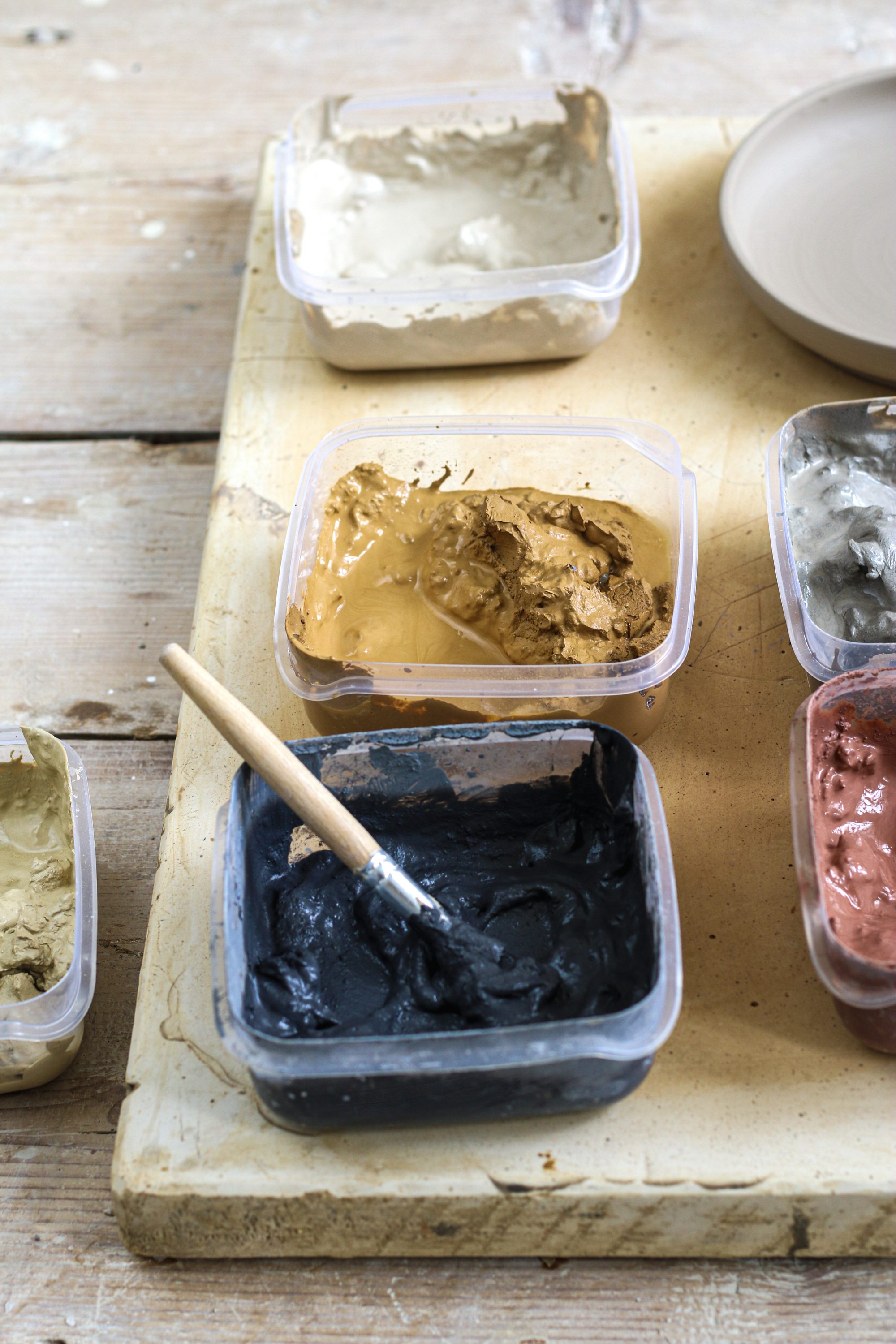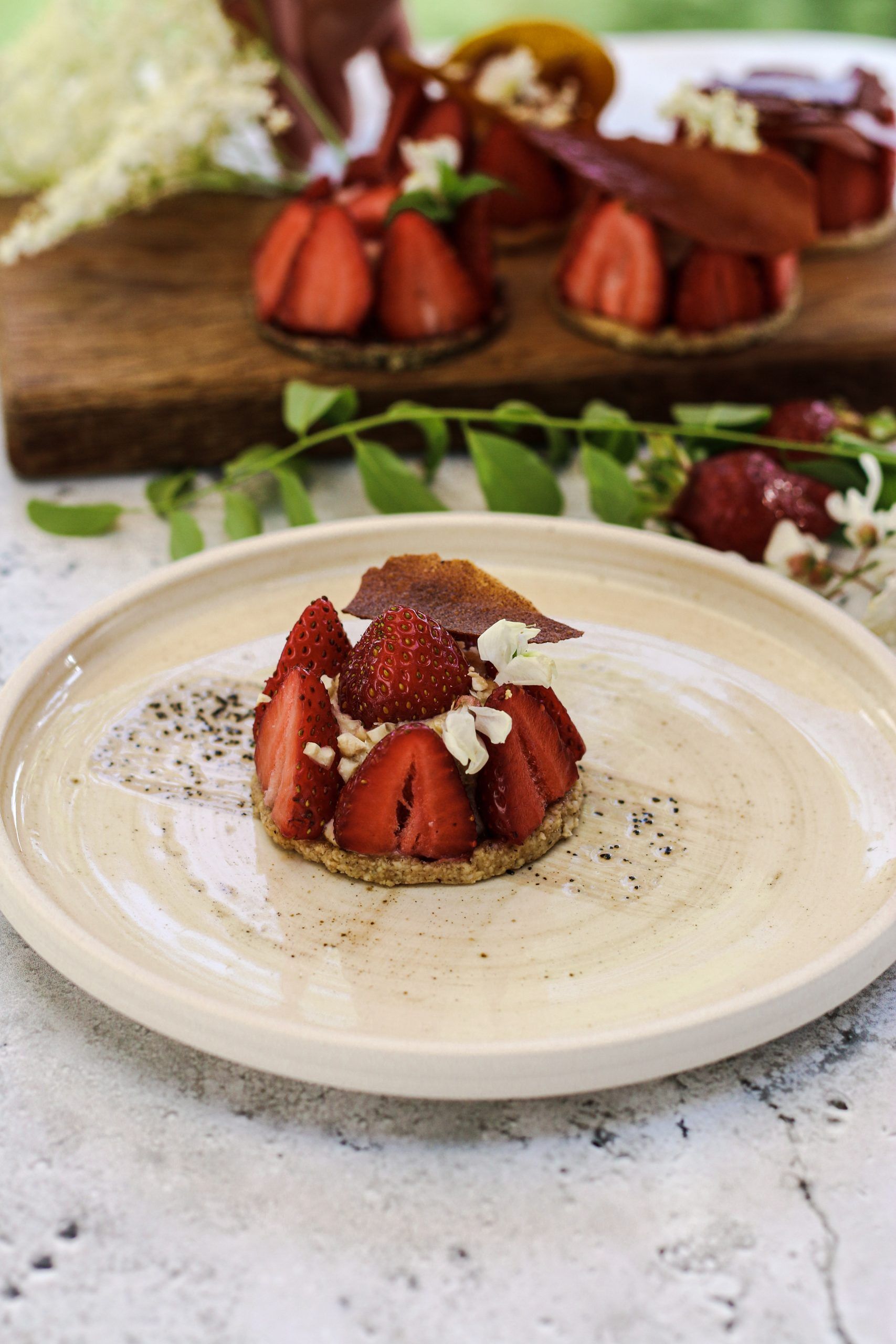We’ve known for a long time that we don’t only eat with our mouth. The look and smell of the food and the environment where we consume it, or the tableware are just as important. The Hungarian ceramic scene is dynamically growing, which is why it’s especially delightful to see a designer and one of the nicest confectionaries in the city crossing paths in a great project; this is the case with Naspolya Nassolda and ceramic designer Renáta Zsiga.
Nowadays, there are more and more confectionaries for vegetarians and vegans as well. Different special diets are familiar to everyone due to the spread of plant-based diets and different types of food intolerances. Some people are gluten intolerant, others cannot digest lactose or casein; it has become almost commonplace to spend a long minutes at the counter asking the vendor or barista for a list of allergens. For a long time, this was a compromise: if you wanted to eat such a cake, you had to put up with the inferior quality.


This was especially true for veganism in the early 2000s and 2010s. There were already a large number of vegetarians, but their options were largely limited to breaded cheese or the tower-high, yet hardly enjoyable puffy cakes made with plant cream. Clean ingredients and careful preparation were simply not standard practice. Then came the year 2014, just as the food revolution was taking off, but when there was still more scarcity than innovation. So thought Réka Bárányos, and her partner Ádám Novák as well, who simply couldn’t find a vegan place to suit their tastes and lifestyle. They worked as graphic designers at the time, and were also following a vegan (or raw vegan) diet, but there was no alternative available for them. All they wanted was delicious desserts—not a perfect substitute for the usual ingredients, but cakes that would allow them to enjoy vegetables, fruits and oilseeds in all their glory. But dates, cashew nuts or coconut cream were not as easily available as now.

Luckily, although not accidentally, this was the time when the Hungarian Contemporary Architecture Center, KÉK, first organized the Nyitva Fesztivál (Open Festival), which aimed to fill the deserted 6th district real estate with life. This is how Réka and her partner found the shop in Káldy Gyula Street and immediately fell in love with it, even though it wasn’t in a good condition to say the least. They applied for a rental opportunity, won and started the renovation process after having consulted with the owner. In the end, Naspolya Nassolda, this friendly, cozy island opened its gates in the middle of the bustling city center. Although the festival was primarily aimed to support pop-up venues, they knew this would be a long-term investment, trusting that guests and time would prove them right. It’s somewhat funny that Desszert.Neked by Péter Korponai, another confectionary, opened right next door at the same time, but as the two have completely different profile, they can peacefully operate next to one another, without any competition.
The cakes comply with the rules of a raw vegan diet: the ingredients (preferably from an organically cultivated source) are treated at a maximum of 42 degrees Celsius; no frying or steaming, only fermentation by soaking and gentle drying. This preserves the nutritional value of the wonderful fruits and vegetables that surround us, and the results speak for themselves: a soft-tasting and textured tartlet, miniature pie, biscuit or energy ball. An all-time favorite is the poppy seed lemon cake or rawnie, or my personal favorite, the too-raw, that perfectly imitates Túró Rudi (a curd snack popular in Hungary—the Transl.). The almond milk, homemade every day, which serves as the base for specialty coffee cappuccinos (made with amazing milk foam) or even Super Cocoa is a big hit, as well.



There are some options that are even more playful, daring or extravagant, where Réka can well use her creativity. When she was still studying the profession, she attended the course of chef Matthew Kenney, promoting a plant-base diet in Paris, and she was completely fascinated by the world of plated desserts. This complexity was sneaked into, for example, the savory chocolate hibiscus cake or the chai latte cake, as well as the raw vegan Rákóczi túrós (a cheesecake-like cake made with cottage cheese and cream—the Transl.), which was presented at the Gourmet Festival. And speaking of plated desserts, the duo was quick to realize that the way it is served and eaten is just as important as the cake itself. As designers, they have always walked the domestic design scene with open eyes, so they started collaborating with ceramicists and furniture designers (such as László Bergovecz, founder of Fészek Részek) relatively early on. Réka had been interested in ceramics for some time anyway, so she enrolled in Renáta Zsiga’s course. She had the idea that maybe she could make the tray sets for the pastry shop, but she realized that this was too big a task on her own, so she asked Reni for help and together they dreamed up the new set.



The plates are made of ceramic fired in a high fire, so they are massive in the good sense of the word, yet light in form. The pattern on their surface evokes the ‘smearing’ technique familiar from fine dining—not made with paint, but with engobe, which is a diluted, colored clay paste applied as an extra layer. That’s why every single piece is different, and not entirely smooth, so it stimulates not only the visual but other senses as well. The play of tactility, or touch, is not only exciting for the senses but also pays profound respect to the maker and consumer of the food—especially in the case of the palm-sized clay cups, which give the sense of holding a healing mineral. It’s strange and surprising at first, as we are used to mirror-like surfaces covered in a glossy glaze, but this rawness also fits perfectly with the identity of the cakes and drinks. It makes them real “touchy-feely objects” (objects meant to be touched), that one prefers to hold even after the coffee is already gone.
The owners of Naspolya Nassolda also have plans for the future—they want to introduce customers to more and more local designers and to incorporate the design approach into the daily life of the confectionery. There might even be room for high gastronomy and plated desserts, but they’ll go with intuition and inspiration as they have so far—the result will almost certainly be snacking good.
Naspolya Nassolda | Web | Facebook | Instagram
Photos and video: Ádám Novák









